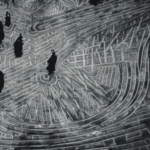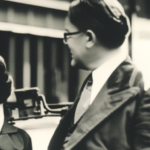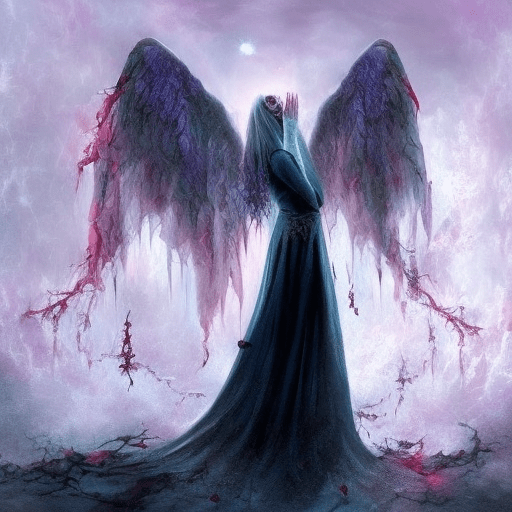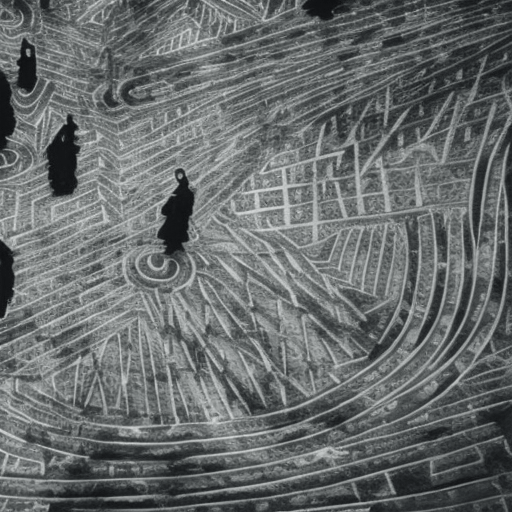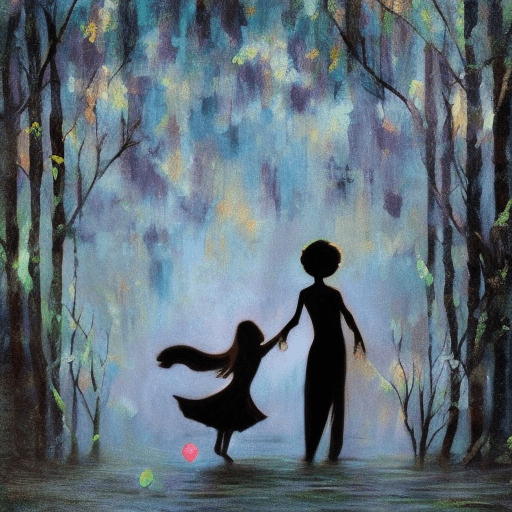Detailed Summary: Drunken Angel by Akira Kurosawa
One-line summary: Drunken Angel is a gritty and poignant film directed by Akira Kurosawa that explores the complex relationship between a disillusioned doctor and a yakuza gangster in post-war Japan.
Main Cast and Crew:
- Director: Akira Kurosawa
- Writer: Akira Kurosawa
- Key Actors:
- Takashi Shimura as Dr. Sanada
- Toshiro Mifune as Matsunaga, the yakuza
- Reisaburo Yamamoto as Okada, the gangster boss
- Music Director: Fumio Hayasaka
- Director of Photography: Takeo Ito
- Producers: Sojiro Motoki, Sanezumi Fujimoto
Plot:
Set in the post-war slums of Tokyo, Drunken Angel revolves around the relationship between Dr. Sanada, a disillusioned physician, and Matsunaga, a yakuza gangster. Dr. Sanada, an alcoholic himself, discovers that Matsunaga has tuberculosis and tries to convince him to seek treatment. However, Matsunaga is resistant and refuses to acknowledge his illness.
As the story progresses, Dr. Sanada’s determination to help Matsunaga deepens, despite the yakuza’s violent and unpredictable nature. The doctor’s efforts are further complicated by the arrival of Okada, a powerful gangster boss who wants to control Matsunaga’s territory. This leads to a power struggle between Okada and Matsunaga, with Dr. Sanada caught in the middle.
Amidst the chaos and violence, the film explores themes of redemption, morality, and the destructive nature of pride. Dr. Sanada represents the struggle to maintain one’s integrity in a corrupt world, while Matsunaga embodies the consequences of a life led by violence and self-destruction.
Themes and Motifs:
Drunken Angel delves into the human condition, examining the effects of post-war trauma on individuals and society. The film explores the dichotomy between good and evil, as well as the complexities of human nature. Kurosawa masterfully uses the setting of the slums to highlight the decay and moral degradation of the characters.
The motif of water is prevalent throughout the film, symbolizing purification and rebirth. It is often associated with Dr. Sanada’s clinic, where he treats the poor and marginalized. The contrast between the polluted water of the slums and the clean water of the clinic serves as a metaphor for the struggle between hope and despair.
Reception and Legacy:
Upon its release in 1948, Drunken Angel received critical acclaim for its realistic portrayal of post-war Japan. It marked the first collaboration between Kurosawa and Toshiro Mifune, who would go on to become one of the most iconic actor-director duos in cinema history.
The film’s success propelled Kurosawa’s career and established him as a prominent filmmaker. Drunken Angel also paved the way for his later masterpieces, such as Rashomon and Seven Samurai. It received several awards and nominations, including the prestigious Silver Lion at the Venice Film Festival.
Drunken Angel’s legacy lies in its exploration of complex characters and its unflinching portrayal of societal issues. It remains a significant work in Kurosawa’s filmography and a testament to his ability to blend social commentary with compelling storytelling.
Recommendation:
Drunken Angel is a must-watch for fans of Akira Kurosawa and Japanese cinema. Its gritty realism, compelling performances, and thought-provoking themes make it a timeless classic. The film’s exploration of the human condition and its examination of post-war Japan provide a unique perspective on the era.
Memorable Quote:
“Men who live in the slums are like birds in a cage. They can’t fly even when the door is open.” – Dr. Sanada
In this poignant quote, Dr. Sanada reflects on the limitations and struggles faced by those living in poverty. It encapsulates the film’s exploration of the human spirit and the desire for freedom amidst adversity.
